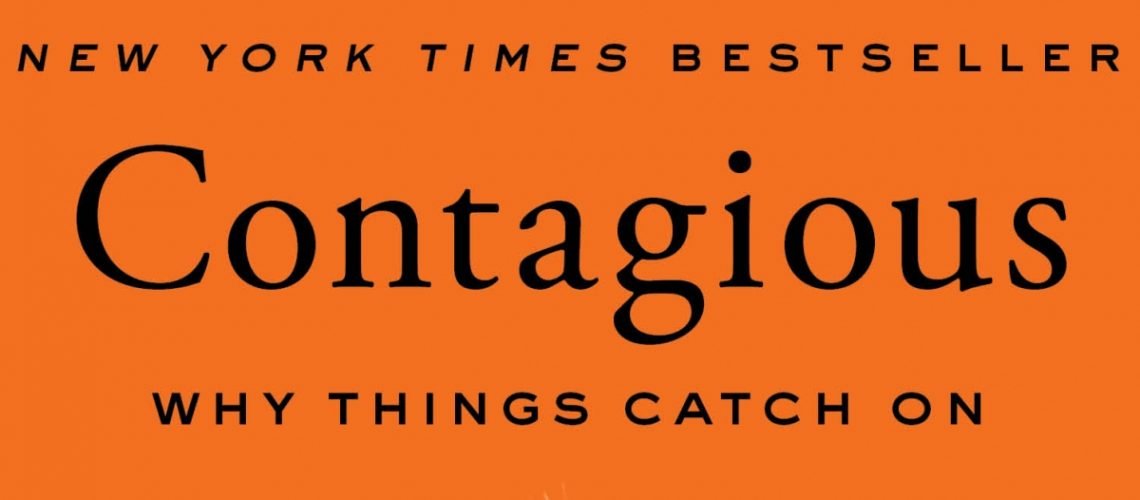What makes things popular? Why do people talk about certain products and ideas more than others? Why are some stories and rumors more infectious? And what makes online content go viral?
If you said advertising, think again. People don’t listen to advertisements, they listen to their peers. But why do people talk about certain products and ideas more than others? Why are some stories and rumors more infectious? And what makes online content go viral?
Wharton marketing professor Jonah Berger has spent the last decade answering these questions. He’s studied why New York Times articles make the paper’s own Most E-mailed List, why products get word of mouth, and how social influence shapes everything from the cars we buy to the clothes we wear to the names we give our children.
In this book, Berger reveals the secret science behind word-of-mouth and social transmission. Discover how six basic principles drive all sorts of things to become contagious, from consumer products and policy initiatives to workplace rumors and YouTube videos.
If you’ve wondered why certain stories get shared, e-mails get forwarded, or videos go viral, Contagious explains why, and shows how to leverage these concepts to craft contagious content.
This book provides a set of specific, actionable techniques for helping information spread—for designing messages, advertisements, and information that people will share.
Whether you’re a manager at a big company, a small business owner trying to boost awareness, a politician running for office, or a health official trying to get the word out, Contagious will show you how to make your product or idea catch on.
Contagious Video Summary By FightMediocrity
Key Takeaways
1. (S) Social Currency does it make you look good? People share whatever makes you look good. If sharing your idea or product makes you look good, they’re much more likely to share it.
2. (T) Triggers how are you reminded of the product? People need to be reminded of your idea or product, and you can help them by providing a strong tigger.
3. (E) Emotion strong emotions = sharing. Strong emotions like awe or happiness get people to want to share. Even strong emotions like anger and anxiety get people to share. The emotion you want to stay away from is sadness. People don’t like to share something if it makes them sad.
4. (P) Public Social Proof. What is everyone else doing? Are decisions are affected by what everyone else around us is doing. Can people see when others are using the product or idea?
5. (P) Practical Value is it actually helpful? Anytime you can actually help people, and make their life better, they’re going to want to share it.
6. (S) Stories is your product a relevant part of a cool story? Most people don’t care about specs and details, they share stories. What you have to figure out is how your product or idea can be a relevant part of a cool story.


